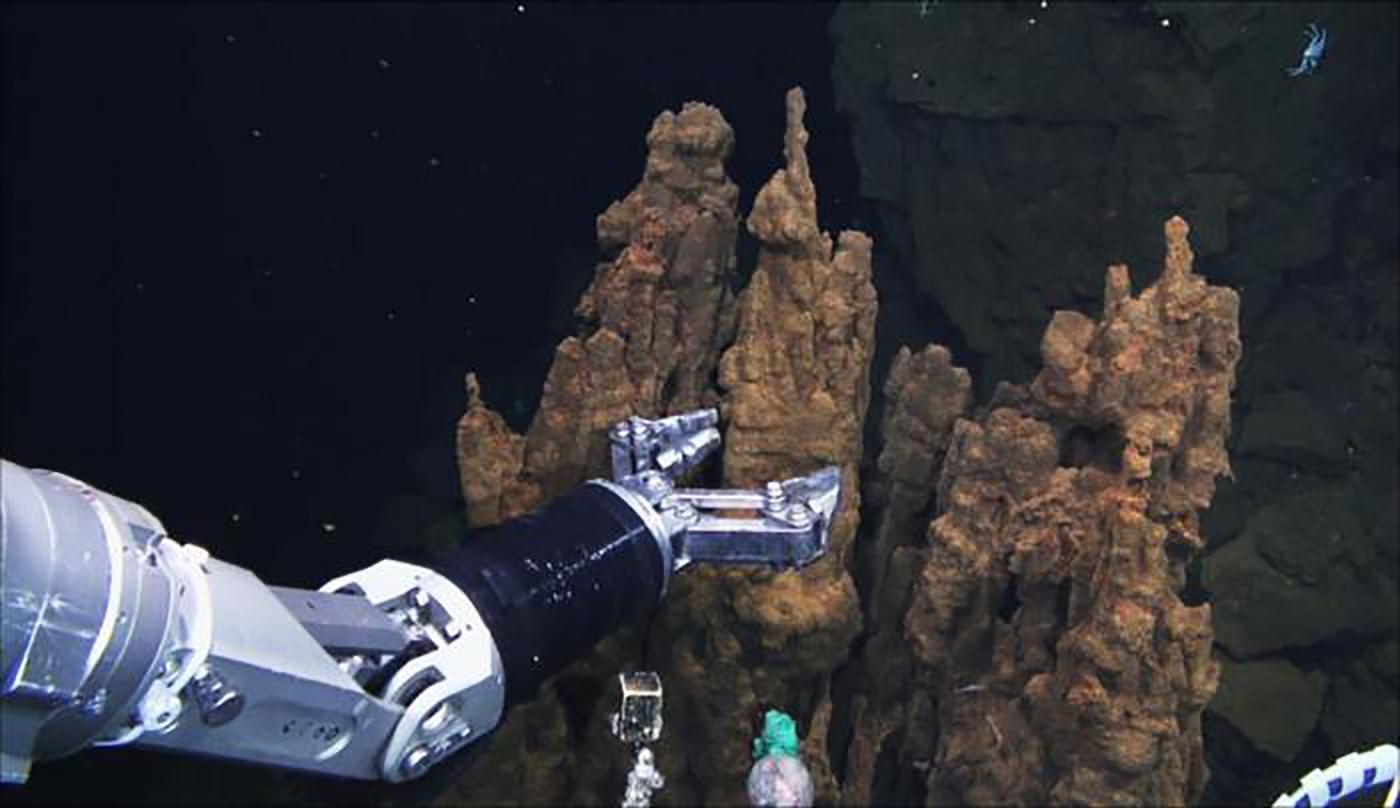In a breakthrough discovery, scientists have found that magnetic bacteria, previously observed only on land and in shallow water, can also thrive in the deep ocean. These bacteria align themselves with Earth’s magnetic field, leading researchers to believe that they could play a crucial role in uncovering evidence of extraterrestrial life.
The magnetotactic bacteria possess internal magnets and a recent study conducted by the University of Tokyo revealed that traces of these bacteria can endure in rocks for billions of years. This not only provides insights into the shifting of Earth’s magnetic poles over time but also suggests that the bacteria can “sense” and navigate using the planet’s magnetic field. They are capable of moving along the magnetic field in a north or south direction.
These findings indicate that magnetic bacteria may exist in even more unexpected locations on Earth and possibly on other celestial bodies such as Mars. In 2012, a team from the University of Tokyo, led by Yohey Suzuki, deployed a remotely controlled robot vehicle to explore hydrothermal vents situated nearly 2,800 meters beneath the Pacific Ocean. These vents contain ancient seawater heated to temperatures up to 400 degrees by magma. Astonishingly, the researchers discovered magnetic bacteria capable of surviving in these extreme conditions.
It is speculated that similar hydrothermal vents existed on Mars approximately three billion years ago, when the planet is believed to have had liquid water. The presence of magnetic bacteria in such environments raises intriguing possibilities for the existence of microbial life beyond Earth.
The magnetic, deep-sea germs offer promising prospects for advancing our understanding of extraterrestrial habitats and the potential for life elsewhere in the universe. As scientists continue to explore and study these remarkable organisms, they may unlock crucial clues that could aid in the quest for alien life forms.






